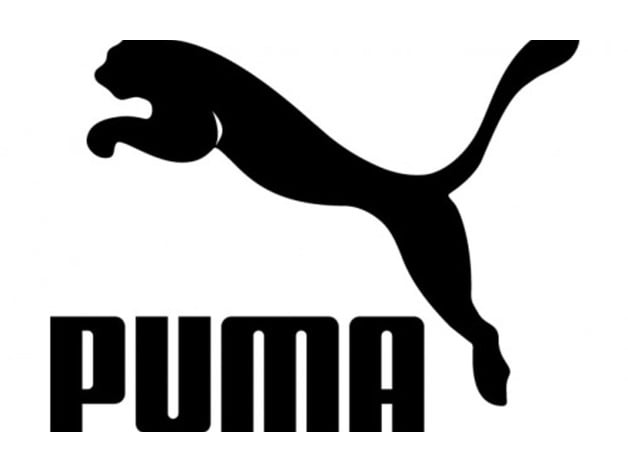Saturday, 3/2/19, 1:00PM
Director Pierce Thomas, Cinematographer and Actress Katelyn Wagner, and Actor Robert Thomas arrive together at the shooting location. The editor (me) and production designer Bianca Raby will not be arriving for about 3 more hours, so they will check out the location, plan out what kind of establishing shots we could get and how it is going to be shot, and gather any last minute supplies needed, such as the red cloth in the film that we were not able to obtain beforehand.
Saturday, 3/2/19, 2:00 PM
Pierce, Robert, and Katelyn are now able to check in to the hotel room, where they will go inside early and survey the room, planning out how we are going to shoot and getting the room ready for filming. They get their equipment set up (tripods, cameras, etc.). Having an early look at the room before shooting allows for changes to be made last minute if the room, for example, isn't what we thought it was and unfortunately for us doesn't fit our vision exactly.
Saturday, 3/2/19, 4:00 PM
Editor (me), and production designer Bianca Raby will arrive at the shooting location and get our equipment (condenser mic, clothes, computer, lighting tools, etc.) ready to use. It is from this point where we will now prepare and set the scene for shooting, for example by scattering clothes around, setting up the pill bottles, getting pamphlets, newspapers and magazines from the lobby, etc. so that the place looks lived in.
Saturday, 3/2/19, 6:00 PM
At this point, we will begin shooting, and also possibly recording sound effects. We will have all of our ideas in place by this point and if they are changed, it will be as we go. We are aiming to finish by about 9:00 but will probably be filming for much longer. I will try to add our shots into the rough cut as we go to avoid later complication.
Sunday, 3/3/19, 1:00 PM
We have all left the hotel by this point the night before, but at this time the room is now checked out and I should have at least half of the rough cut done, with all the clips (if not most) all inserted and the sound effects we recorded thrown in at their due locations. In a few hours our rough cut should be entirely finished.
<EDIT: SUNDAY, 3/3/19, 11:30 PM>
Done. I have finished editing the rough cut together and I can firmly say that we deviated quite a bit from our plans last night. We did not finish shooting until about 11:30 PM, 2 hours after we planned. This was due to the fact that we took longer than expected to start filming, which we started about 30 minutes late, and because the ACTUAL place surprised us and did not look as the pictures suggested, and unfortunately the actual place did not work too well for what we were planning. We made it work though and managed to finish shooting after about 5 hours, and I have now finished putting in all of the clips and sound effects we recorded. In the screenshot, there are all of the clips, the light humming sound effect, traffic sounds and ambient sound which all were found online due to the lack of recorded sound, however, for our final cut, there will be plenty recorded sound to incorporate. This rough cut is ROUGH but it is a good outline to go off of for our final project, as it not only inspires different ideas due to its surprising outcome, but we can also learn from mistakes and now we also know what things that we planned ACTUALLY look like so now we can change our mind or keep things accordingly.





















